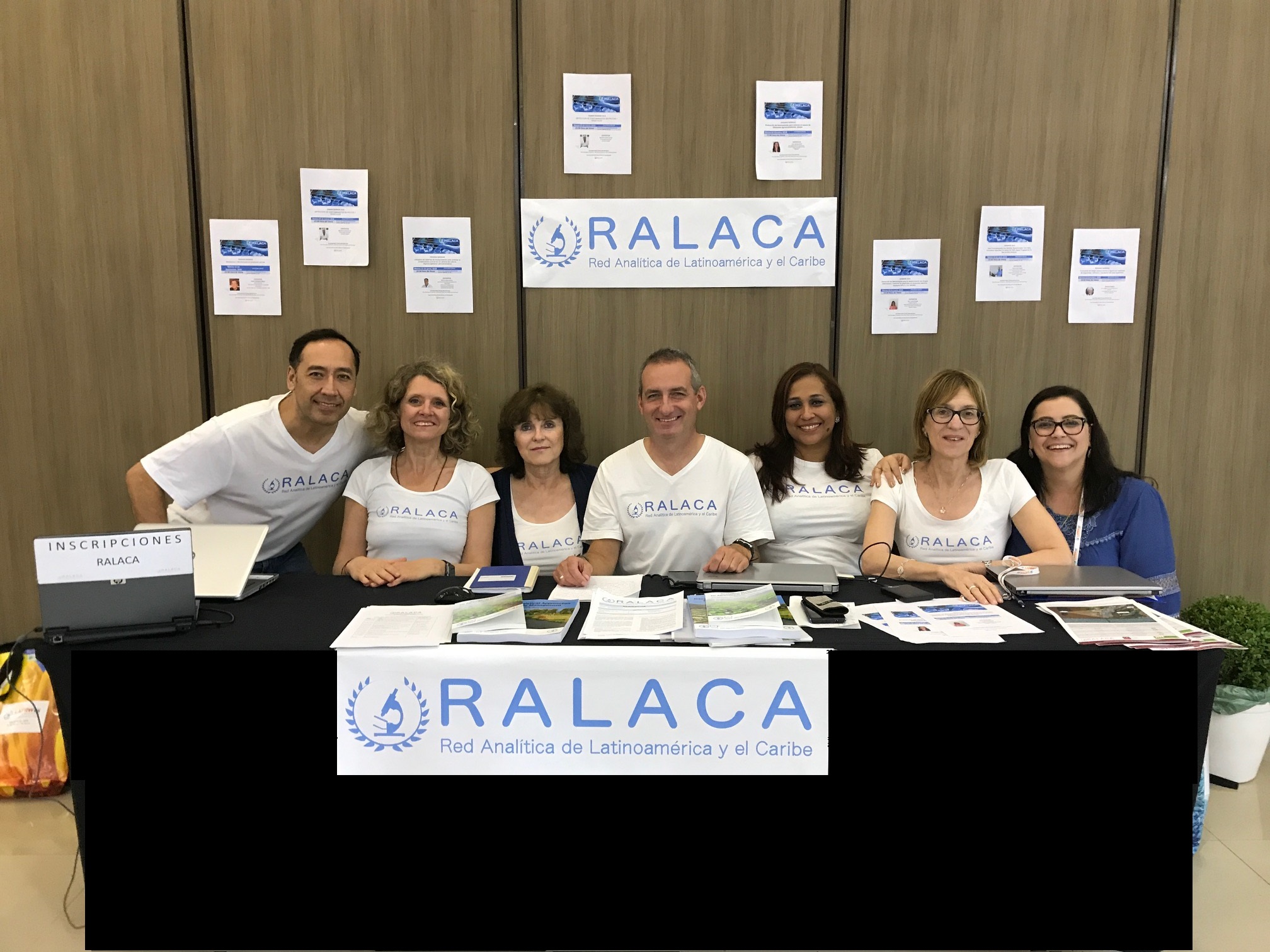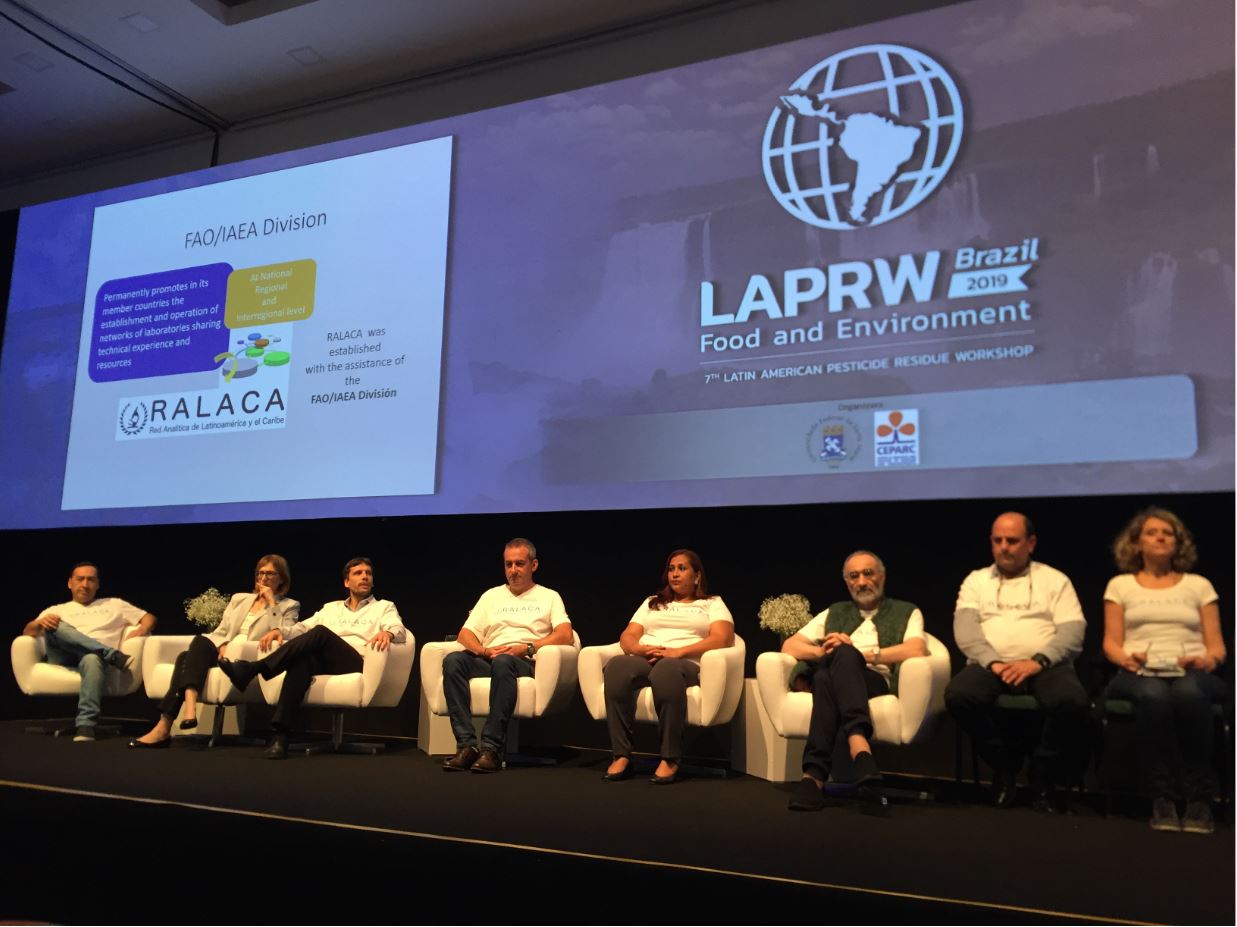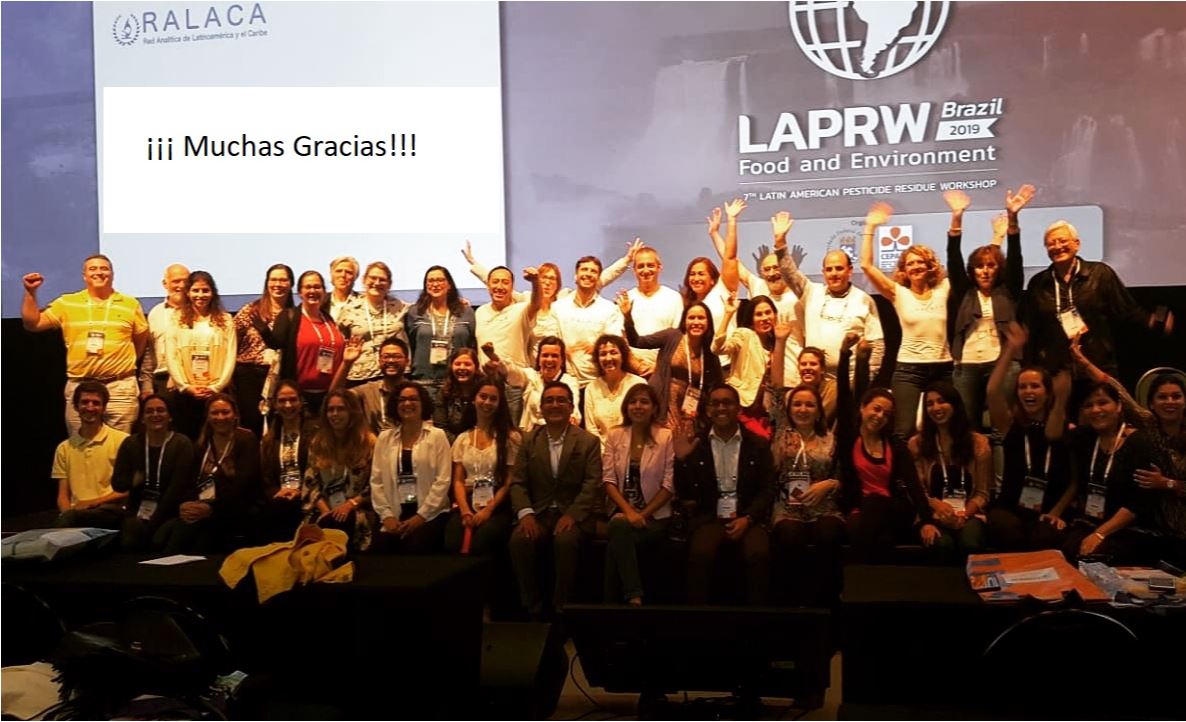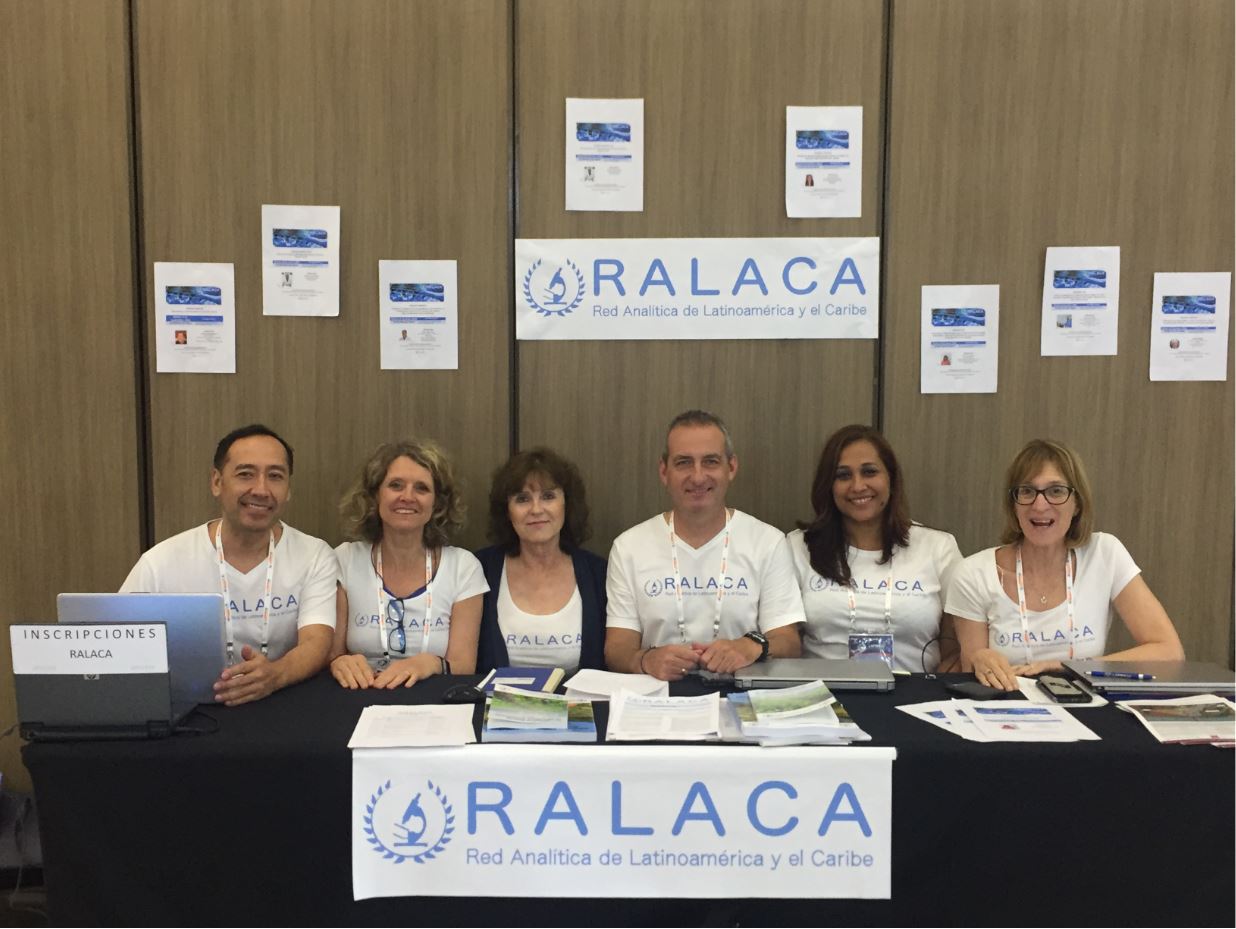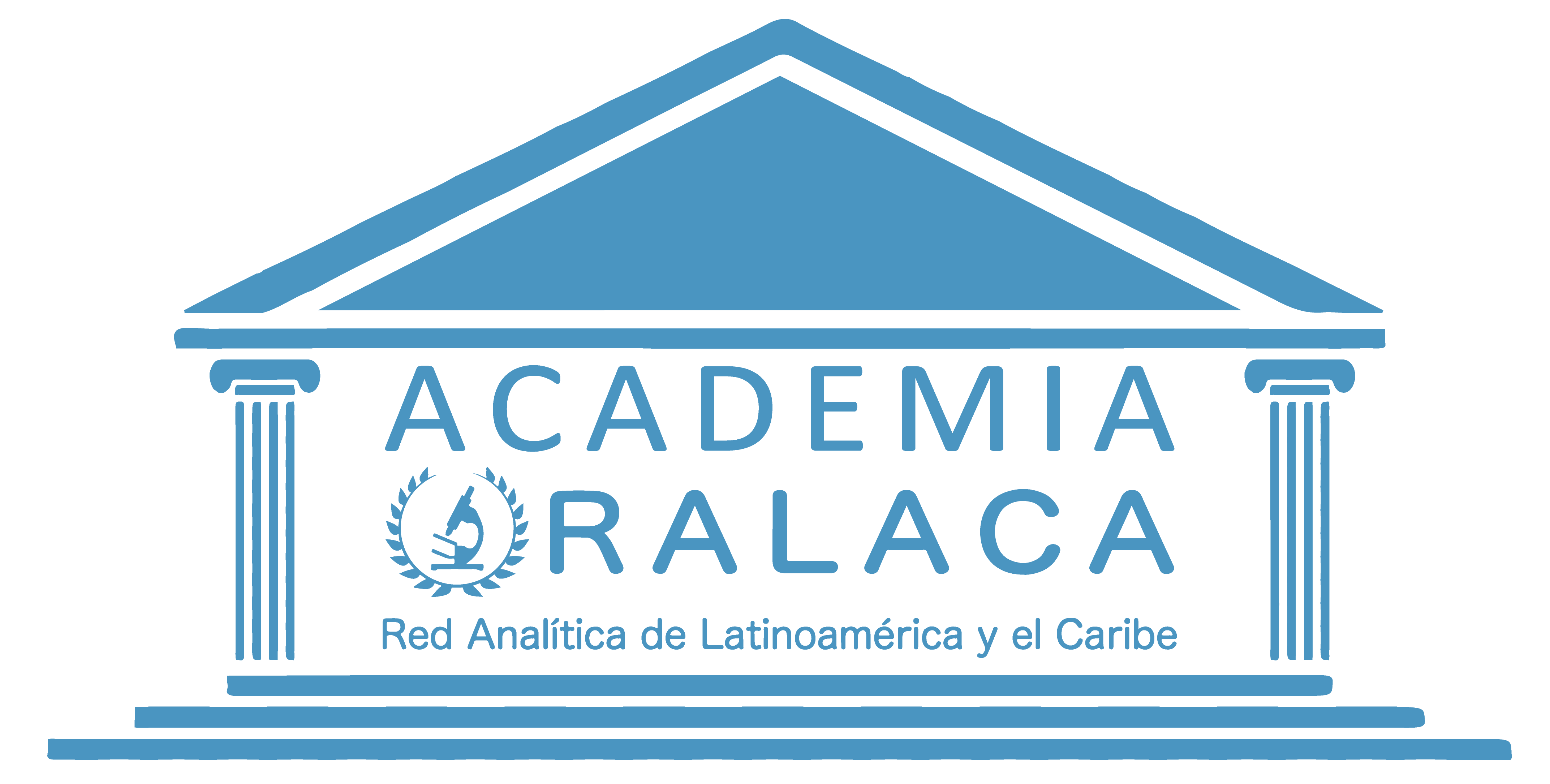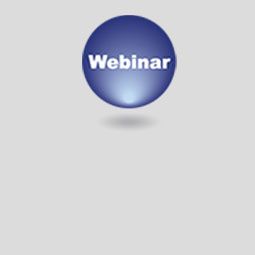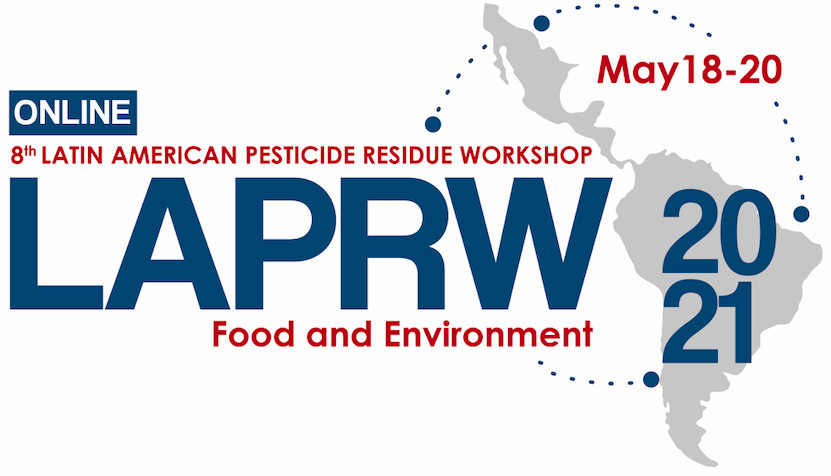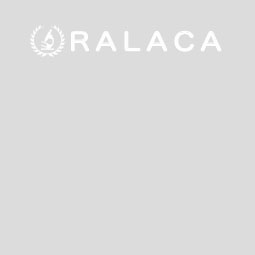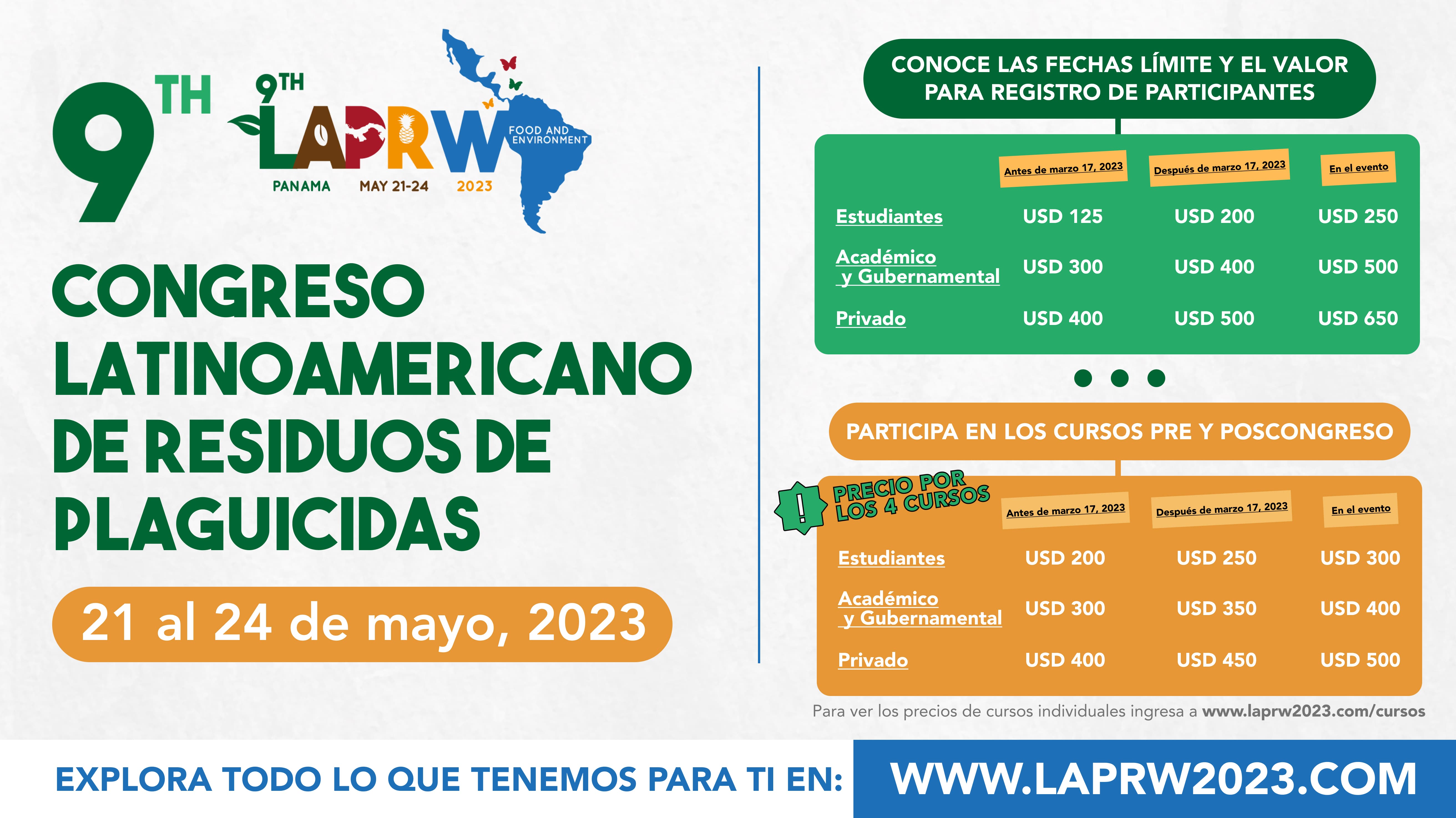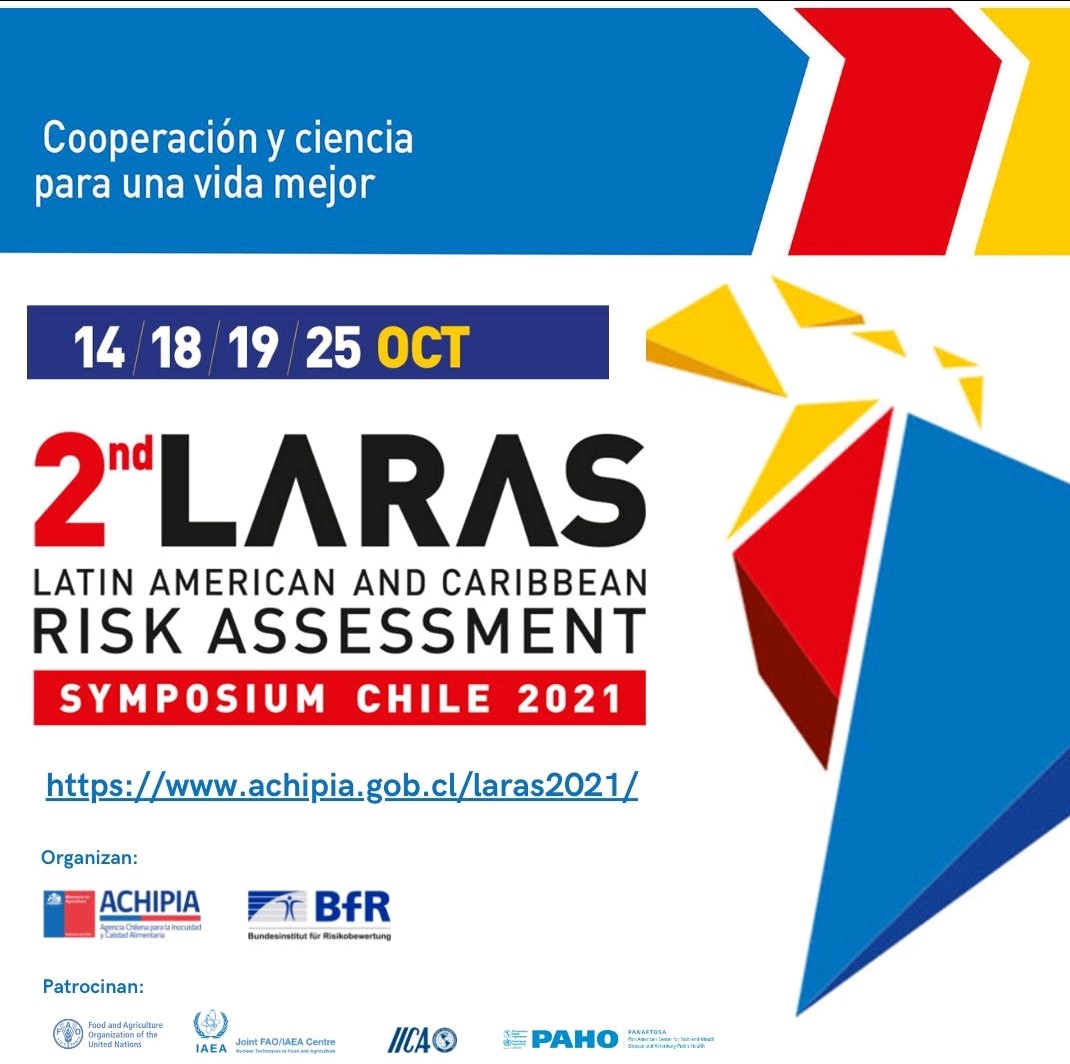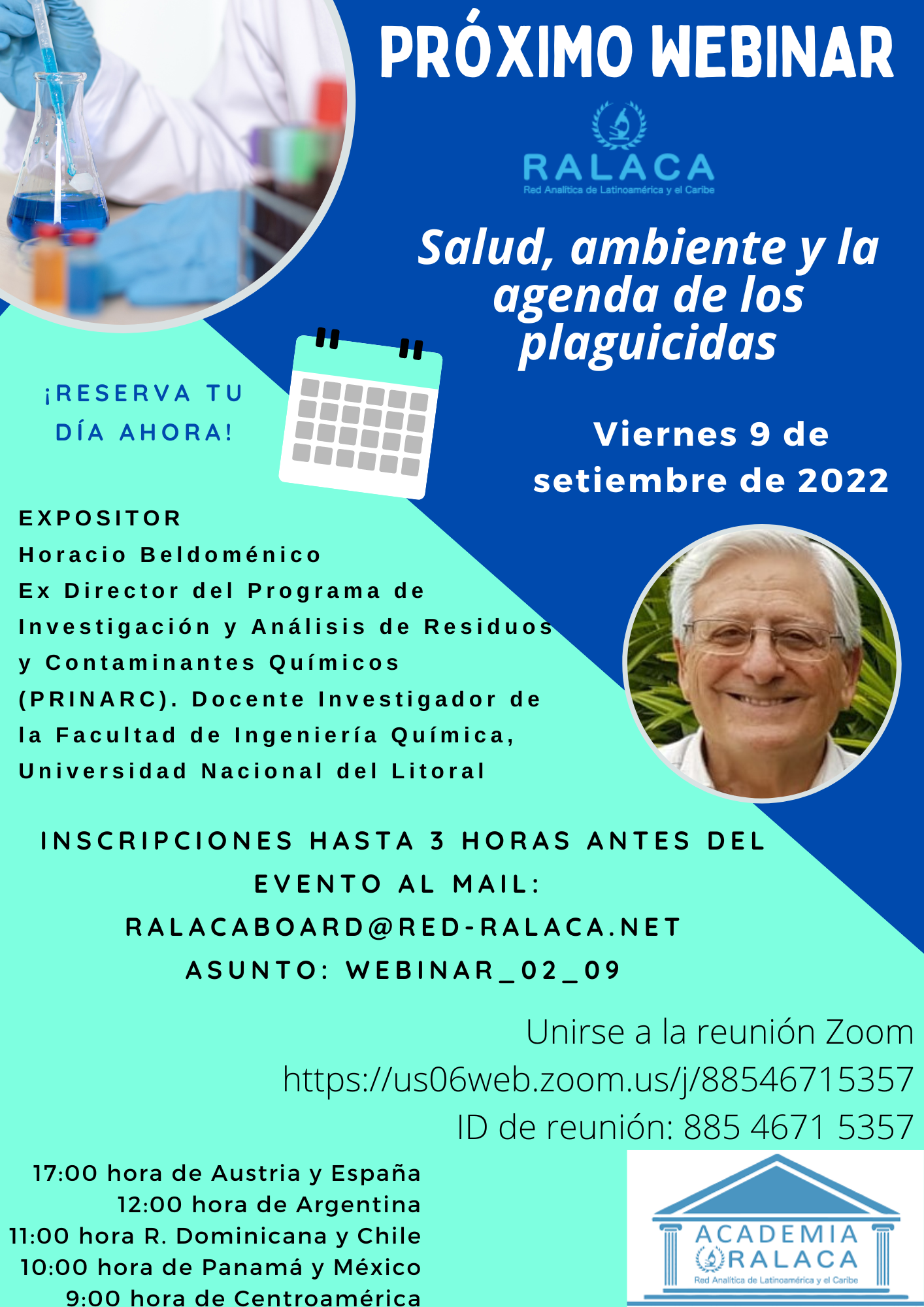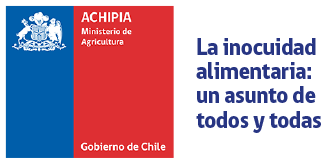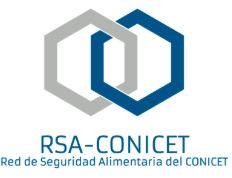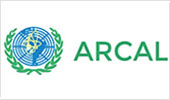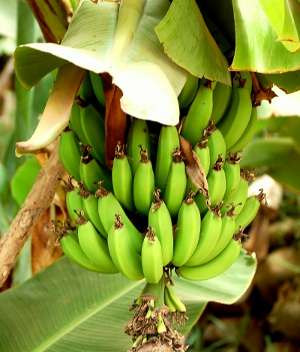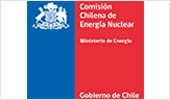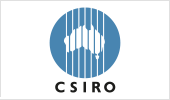|
|
|
|
Contact person: |
Gabriella Feola |
|
E-Mail: |
This email address is being protected from spambots. You need JavaScript enabled to view it. |
|
Mandate of the Laboratory: |
Quality Assessment and Environmental Control Service |
|
Role in the farm-to-fork chain: |
Monitoring quality of water, air, soil. Control of industrial |
|
National Reference Laboratory: |
Yes. The country is divided in 19 Departments each one with a |
|
Type of contaminants analysed: |
General physicochemical parameters, heavy metals, |
|
Matrices analysed: |
Water (surface and groundwater), sediments, soils, air, industrial |
|
Combination matrices and contaminants |
Surface water: Physicochemical analysis, nutrients, bioassays, |
|
Description of validated method used: |
Nitrates and microcystins in waters. Total Phosphorous ammonia, metals in industrial effluents. |
|
Laboratory accredited according to |
No |
|
Provision of interpretation of residue |
No |
|
Laboratory certified according to : |
ISO 9001:2008 |
|
Is laboratory available for research and |
Yes |
|
Is the laboratory available for quality |
Yes |
|
Is the laboratory available for expert |
Yes |
|
Is the laboratory available for ad hoc on- |
Yes |
|
Is the laboratory available for ad hoc |
Yes |
|
Is the laboratory available for |
No |
|
Is the laboratory available for |
Yes |
|
|
|
|
Contact person: |
Mr Eduardo Egaña Černi |
|
E-Mail: |
This email address is being protected from spambots. You need JavaScript enabled to view it. |
|
Mandate of the Laboratory: |
The mission of the Bromatological Laboratory of the Intendencia |
|
Role in the farm-to-fork chain: |
Analytical Control of Foods |
|
National Reference Laboratory: |
Yes, for microbiolocial, micotoxins, presticide residues |
|
Type of contaminants analysed: |
Inorganic Contaminants, Pesticide Residues, Micotoxins, Listeria monocytogenes, Salmonella spp |
|
Matrices analysed: |
Food products, Soil |
|
Combination matrices and contaminants |
Inorganic Contaminants: As, Cd, Hg. |
|
Description of validated method used: |
Solid Phase Extraccion – GC/MSD; QuEChERS-GC/MSD; |
|
Laboratory accredited according to |
Yes |
|
By which accreditation body? |
By Organismo Uruguayo de Acreditación |
|
Accredited methods |
Listeria monocytogenes and Salmonella spp by BAX systems and |
|
Provision of interpretation of residue |
It provides data interpretation |
|
Laboratory certified according to GLP: |
No |
|
Is laboratory available for research and |
Yes |
|
Is the laboratory available for quality |
Yes |
|
Is the laboratory available for expert |
Yes |
|
Is the laboratory available for ad hoc on- |
Yes |
|
Is the laboratory available for ad hoc |
Yes |
|
Is the laboratory available for |
Yes, in certain combination of matrices and analytes |
|
Is the laboratory available for |
Yes |
 Uruguay
Uruguay
|
Partnes from Uruguay |
||
|
Partner |
Institution |
Contact |
|
Natalia Besil |
CenUR Litoral Norte. Universidad de la República |
This email address is being protected from spambots. You need JavaScript enabled to view it. |
|
Mary Yafalian |
Intendencia de Montevideo |
This email address is being protected from spambots. You need JavaScript enabled to view it. |
|
Natalia Gérez García |
Facultad de Química (UdelaR) |
This email address is being protected from spambots. You need JavaScript enabled to view it. |
|
Silvina Niell |
Universidad de la República, CENUR Litoral norte |
This email address is being protected from spambots. You need JavaScript enabled to view it. |
|
Lucía Pareja |
Universidad de la República |
This email address is being protected from spambots. You need JavaScript enabled to view it. |
|
Giovanni Galietta Positano |
Facultad de Agronomía, UDELAR |
This email address is being protected from spambots. You need JavaScript enabled to view it. |
|
Horacio Heinzen |
Facultad de Quimica-UdelaR |
This email address is being protected from spambots. You need JavaScript enabled to view it. |
|
María Verónica Cesio |
Universidad de la República |
This email address is being protected from spambots. You need JavaScript enabled to view it. |
|
Sofía Rezende |
Universidad de la República |
This email address is being protected from spambots. You need JavaScript enabled to view it. |
 Vienna, Austria
Vienna, Austria 

